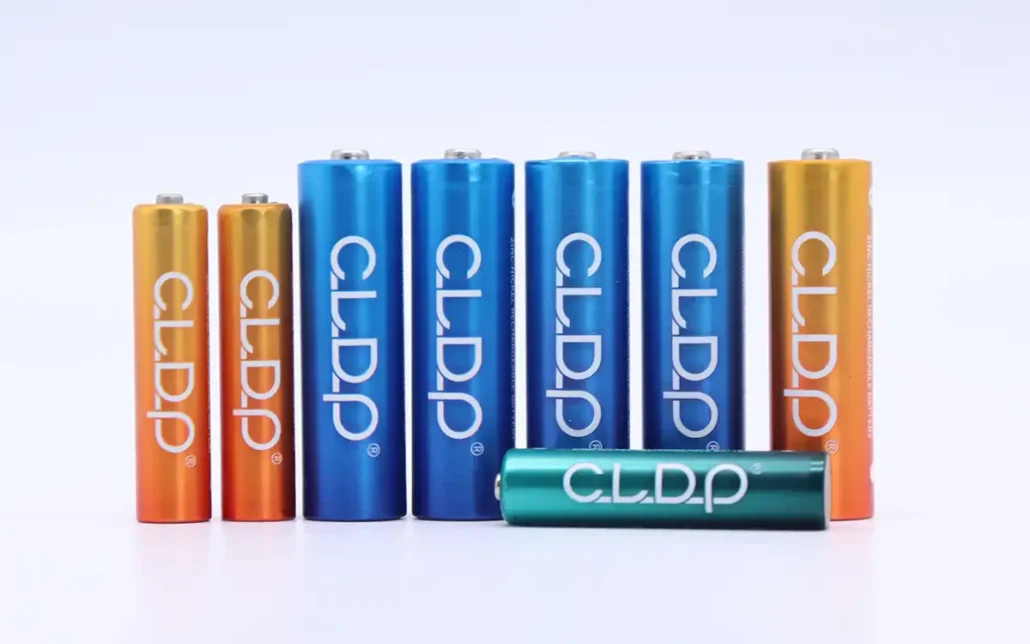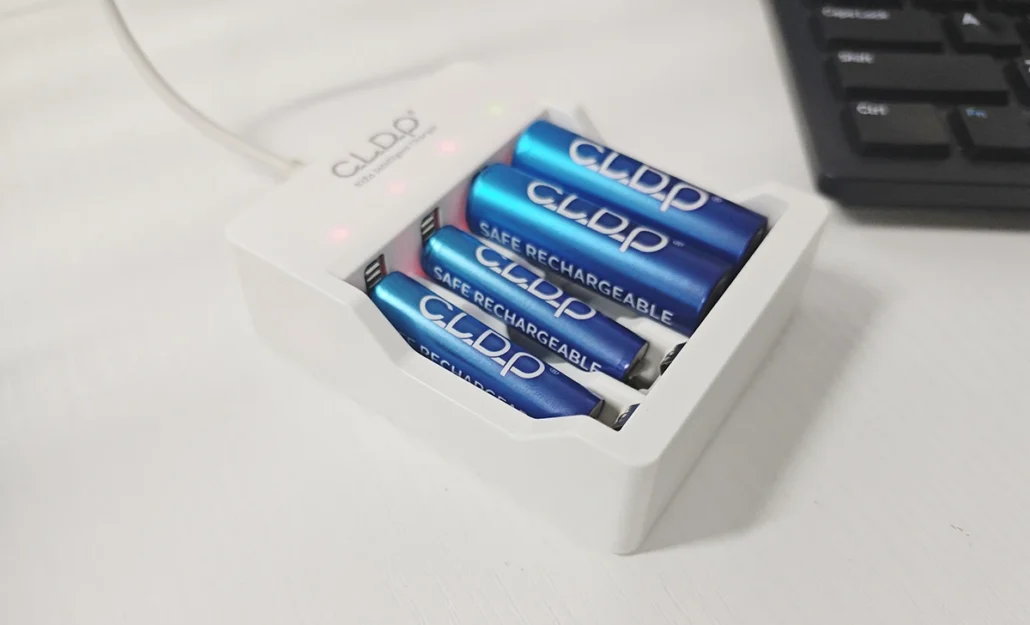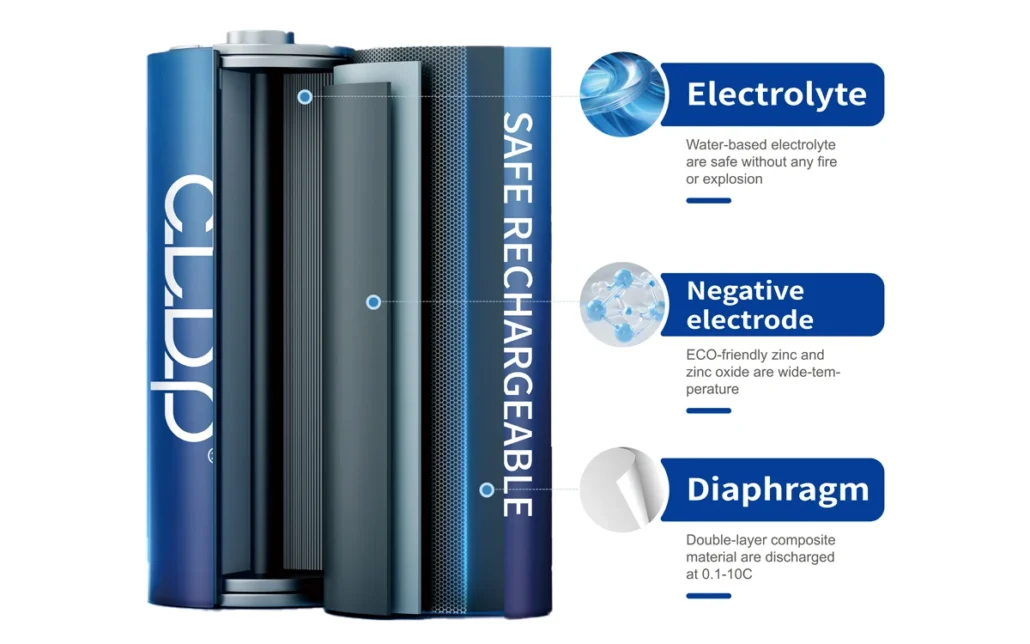The capacity of zinc nickel batteries has a direct impact on their service life, which is mainly reflected in several aspects:
Charge and discharge cycle times
High capacity batteries: Generally speaking, zinc nickel batteries with higher capacity usually mean they have more active materials, which helps improve the durability of the battery. During each charging and discharging process, if the energy ratio used is low (i.e. shallow charging and discharging), the chemical changes inside the battery will be minimal, thereby reducing damage to the electrode material structure. Therefore, high-capacity batteries are often able to withstand more charge and discharge cycles, thereby extending their overall service life.
Low capacity batteries: In contrast, low capacity zinc nickel batteries may experience fatigue and degradation of electrode materials more quickly due to approaching full charge or full discharge each time they are used, resulting in a relatively shorter battery life.

The impact of deep discharge
Shallow discharge: When zinc nickel batteries are not frequently completely discharged but operate within a reasonable discharge depth range, their service life can be significantly extended. This is because moderate discharge avoids excessive consumption of positive and negative electrode materials.
Deep discharge: Frequent deep discharge can accelerate the aging process of batteries, seriously affecting their safety and lifespan.
Self discharge rate and storage conditions
Advantages of high-capacity batteries: Due to their typically lower self discharge rate, high-capacity batteries can better maintain power during long-term storage, reducing performance degradation caused by natural losses. This means that even when not in use, high-capacity batteries can maintain a good condition for a long time without quickly losing their available capacity.
Temperature adaptability and thermal management
The relationship between capacity and temperature: Larger capacity sometimes comes with better thermal management characteristics because there are more materials available to help disperse heat. This is particularly important for zinc nickel batteries as they have a wide operating temperature range (-40 ° C to+80 ° C). A good thermal management system can protect batteries from damage in high temperature environments, further extending their lifespan.
Load characteristics in the application environment
Performance under stable load: If zinc nickel batteries are mainly used under relatively stable load conditions, such as continuously providing constant power rather than frequent high current pulses, their capacity will be more effectively converted into longer service life. This is because a stable load reduces the intensity of internal chemical reactions in the battery and slows down the rate of material loss.
In summary, the capacity of zinc nickel batteries not only determines the total amount of energy they can provide, but also profoundly affects their service life. Choosing batteries with appropriate capacity and taking appropriate usage and maintenance measures, such as avoiding deep discharge and controlling charging rate, can effectively extend the actual service life of zinc nickel batteries.




